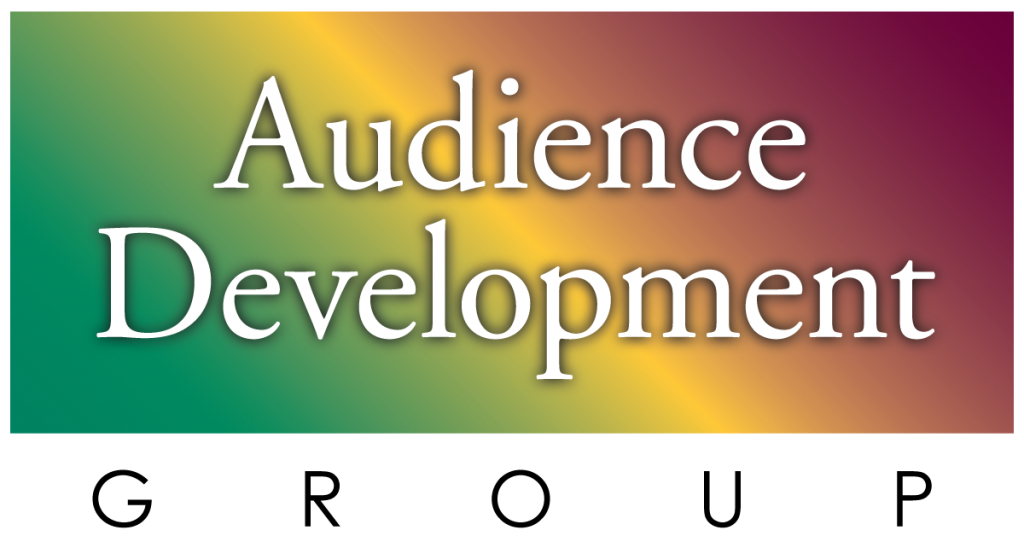Psychologist Jonathon Schooler pioneered uncanny research on the effect of “visual recognition” and the subsequent impact on memory. Malcolm Gladwell’s classic book Blink revisited Schooler’s research and its impact on each of us. For example: picture the face of a listener you just met at a station event. If asked to pick that person out of a police lineup, it’s highly likely you could. Recognizing a face is an example of “unconscious cognition”. Now, what if you were asked to either sketch or write down specific features of that person’s face: hair / eye color, eye brows, facial bone structure and the like? In the latter process, your success rate will be greatly diminished based on the fact that describing a picture dramatically affects your almost effortless ability to recognize that picture. The process is called “verbal overshadowing.”
We discuss this with programming clients periodically: the Left Brain hemisphere thinks in words and logic while the Right hemisphere of the brain thinks in pictures and emotions. So, when you attempt to describe in words what your Right Brain recognizes, your powerful visual or auditory memory gets transferred to the LEFT hemisphere which subtracts recall points. The implications are important if you’re at all concerned about increasing recall for any application!
Consider the following riddle: A man and his son are in a serious car accident. The father is killed, and the son is rushed to the emergency room. Upon arrival, the attending doctor looks at the boy and gasps, “This child is my son!” The riddle: Who is the doctor?
This is what Gladwell refers to as an “insight puzzle,” unlike a logic problem with Calculus or Chemistry that can be penciled out on paper. The only way you get a rapid solution is through the process of “thin-slicing.” In this case you’ll need to jump beyond the automatic paradigm that “doctors must necessarily be men.”
Circling back to Schooler’s research in cognition and insight puzzles, after analysis of voluminous tables taking into account respondents’ approach to puzzles he found that those asked to explain themselves by creating a narrative around what they SAW solved over 30 percent fewer puzzles than those who weren’t! In short, those of us who over-analyze a situational issue greatly reduce our “flash insight” and our ability to solve a situational episode is significantly impaired.
Putting it in perspective, faced with an exercise asking people to record their thoughts, calculations and outcomes won’t impair their problem-solving. In fact it may improve the process. But problems or processes that call for “flash insight” such as creating content or imaging a format operate under different rules. When you start becoming analytical about a creative process, it undermines the outcome; you lose the flow!
When we think about creating messages for media consumption, this discovery suggests that contrary to old thinking, the best way to communicate a message may come with stepping back from the receiver, disguising the “selling” with right-hemisphere or “visual emotion” based thoughts and ideas. As humans, we have incredible abilities to hold a visual or auditory scene in our memory, allowing us to thin-slice a puzzle in a flash. But, Gladwell observes, these abilities are very fragile, like a flickering flame that can be snuffed out.
